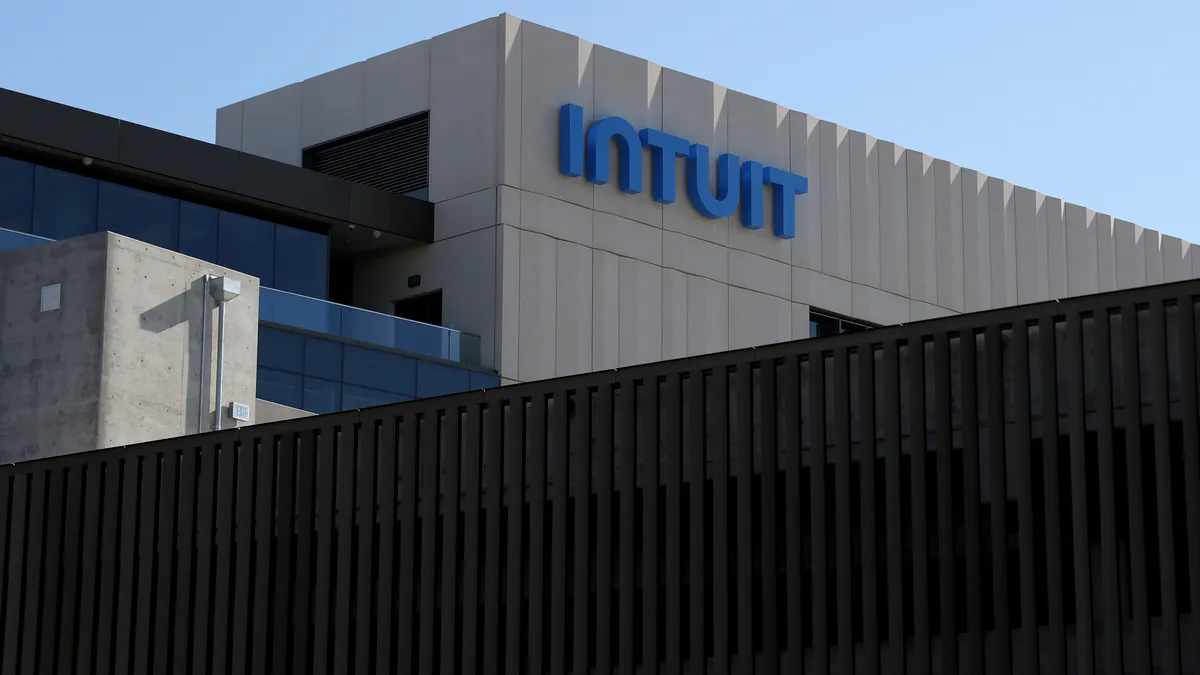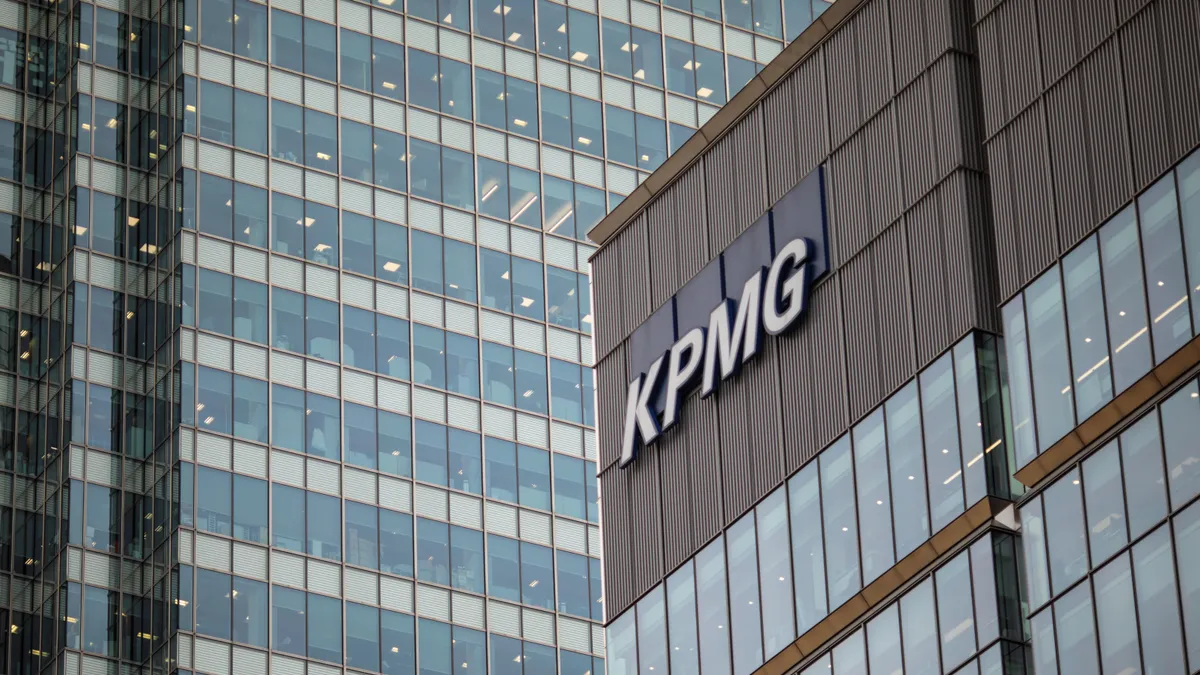Financial planning and analysis has always been a part of companies’ strategic arsenal in one form or another but technology, and then COVID-19, has accelerated the function’s importance, planning specialists say. Going forward, FP&A will be integral to company strategy as technology and the data it generates become chief drivers of business growth.
In 2019, the Institute of Management Accountants (IMA) published “Key Principles of Effective Planning Analysis,” research that examines the growing importance of FP&A. “Few processes within the purview of a CFO have so much potential to create or destroy business value than FP&A,” the study says.
By the IMA’s definition, FP&A is a decision-making platform that includes reporting and analysis, planning and budgeting, forecasting and financial modeling.
According to Judy Munro, senior managing director of executive search at Robert Half, while many of the tools of FP&A have been around for decades, three trends have increased its importance: data, technology and the evolution of finance into a strategic partner. What was once a recorder of historical financial events is now a forward-looking, decision-making support service.
“With the mass amounts of data companies have access to today, finance can now gain the type of business insights that either weren’t available ten years ago or exceedingly [difficult] to uncover,” she says.
At the same time, cloud-based platforms and the rise of software-as-a-service (SaaS) as a business model have made business intelligence and data analytics tools affordable for most companies. That new affordability has helped create an environment in which business leaders see the function as increasingly important to their competitiveness.
“Companies have been demanding more strategic information from their finance leaders, and taken all together, this has created an FP&A revolution,” says Munro.
And then came COVID
While the development of FP&A as a specialization was evolving over time, and in step with new planning technology, COVID has supercharged this agenda. It made companies realize the need for advanced data analytics. In 2020, survey data shows that 76% of companies intended to invest in specialist software for corporate planning, simulations and scenario analysis.
“During COVID, it became painfully evident that old tools for forecasting and planning weren’t going to meet companies’ needs,” says Michael Lengenfelder, vice president of product at Unit4, a corporate performance management software company based in The Netherlands with offices in 22 countries. “With the type of disruption and uncertainty caused by COVID in 2020, companies needed to get off their spreadsheets and adopt technologies that could produce rolling forecasts with live integration of data from source systems, at whatever level of granularity necessary.”
Although COVID was a wake-up call for some, for many it simply reinforced what they already knew: the new data and technology landscape was making FP&A best-practices a must-have.
“Five years ago FP&A technology was being rolled out slowly, and rolling forecasting and scenario planning were only gradually picking up steam,” says Steve Player, CEO of Future Ready Finance, a planning consulting firm.
However, in the last two years, the focus of forecasting has changed and scenario planning has taken center stage in the finance department.
“COVID's biggest hit was to force people into doing robust cash flow planning,” he says. “Companies should have been doing [that] all along, but COVID made it really critical.”
Multiple scenarios
One of COVID’s biggest impacts was on scenario planning, Player says. “Scenario planning broke into the mainstream because COVID created such uncertainty that we had multiple possible realities,” he says. “People started going beyond sensitivity analysis.”
Instead, they had to focus on how the change in buying patterns and consumer choices would change the way the company would have to operate. “Companies had to radically re-engineer their service delivery and product offerings, and begin competing on a whole new playing field,” he says. “There was a lot more analysis of the impact of dramatic events.”
At the same time, finance has had to become better at storytelling, and FP&A was the tool to help it do that, by giving analysts the kind of data visualization they could use to portray deep insights in a clear way.
“Part of that is the business intelligence (BI) technology tools that are available,” he says, “and part of that is due to finance realizing that a graphic discussion and presentation of data is much more powerful.”
Business partnership
In addition to increasing the importance of scenario planning, COVID also supercharged the role of FP&A as a support function in the operational areas of the business, says Player.
“The most important development due to COVID is the role of the FP&A person as a business partner,” he says. “A really good FP&A function is one that not only is helping support the financial needs of the company but supporting the field, the front line, embedded with operations as a trusted adviser.
Need for talent
With the potential for COVID to cause more economic disruption, it’s expected that companies will continue to search for highly specialized FP&A talent, says Munro.
“FP&A is now one of the top job titles in finance on the market, and the depth of skills that are being asked for is beyond anything I’ve seen before,” she says.
It’s not just finance that’s looking for top analytical talent.
“FP&A experts are now in high demand across all corporate functions and are being hired into verticals like sales and marketing, or supply chain,” she says. “That’s where the evolution of FP&A has gotten very interesting. Organizational structures are changing in response to the need for an ‘on-demand business partner’ and companies are starting to imbed FP&A talent into operations.”




















